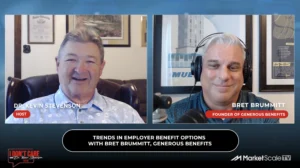Is the Key to Boosting Public Transit Ridership Fare-Free Models or High-Quality, Low-Cost Models?
Cities worldwide are facing the challenge of traffic congestion and the need for sustainable transit solutions, turning back to the persistent challenge of boosting public transit ridership. The burning question is, what’s the right model for encouraging public transit usage in today’s transportation landscape? Some cities, such as Boston and Kansas City, are exploring fare-free public transit solutions, while others push for low-cost, high-quality options.
Fare-free transit experiments, fueled by federal COVID-19 relief funds, have demonstrated mixed results. Although they aided low-income families and slightly increased ridership, they introduced new economic and political obstacles for transit agencies. Most U.S. voters anticipate fare collection to fund a part of operating budgets, and past experiences reveal that transit riders tend to favor better, low-cost service over free rides on subpar options.
So, what is the right model to effectively boost public transit ridership while addressing these challenges? Paulo Santos, CEO of Ubirider, suggests that establishing a seamless payment system and prioritizing the quality of stops, stations, and vehicles could be the key to a successful public transit model.
Paulo’s Thoughts:
“With more and more people moving to urban areas, mass trans has become even a more important tool to the outside development of those areas, economically, socially, environmentally, and also to do a better use of the land available. The discussion about if transit shall be with free rides or low cost rides is very limited because what it is necessary is to design a system that attracts as many riders as possible.
And shall be designed for all with a well-designed network with a good frequency. With good quality the stops and stations and the vehicles, and to have a seamless payment system that allows to people to ride in a simple, way. So the discussion about also the investment is a discussion that is also very limited because what it is spent in public investment in roads, in parking, in speedways can be much cheaper if invest or much more valued if invest in transit.”
Article written by Azam Saghir.








